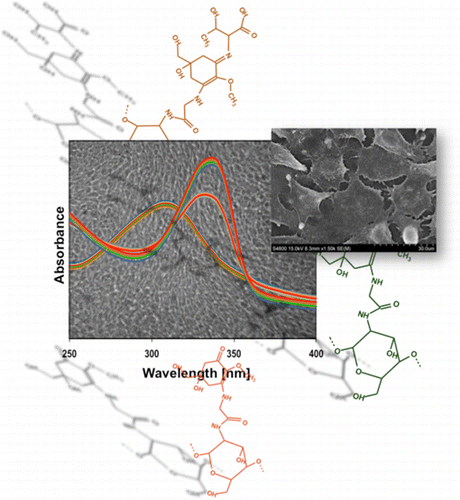An all-natural sunscreen derived from algae

For consumers searching for just the right sunblock this summer, the options can be overwhelming. But scientists are now turning to the natural sunscreen of algae—which is also found in fish slime—to make a novel kind of shield against the sun's rays that could protect not only people, but also textiles and outdoor materials. They report on their development in the journal ACS Applied Materials & Interfaces.
Existing sunblock lotions typically work by either absorbing ultraviolet rays or physically blocking them. A variety of synthetic and natural compounds can accomplish this. But most commercial options have limited efficiency, pose risks to the environment and human health or are not stable. To address these shortcomings, Vincent Bulone, Susana C. M. Fernandes and colleagues looked to nature for inspiration.
The researchers used algae's natural sunscreen molecules, which can also be found in reef fish mucus and microorganisms, and combined them with chitosan, a biopolymer from crustacean shells. Testing showed their materials were biocompatible, stood up well in heat and light, and absorbed both ultraviolet A and ultraviolet B radiation with high efficiency.
More information: Exploiting Mycosporines as Natural Molecular Sunscreens for the Fabrication of UV-Absorbing Green Materials, ACS Appl. Mater. Interfaces, Article ASAP. DOI: 10.1021/acsami.5b04064
Abstract
Ultraviolet radiations have many detrimental effects in living organisms that challenge the stability and function of cellular structures. UV exposure also alters the properties and durability of materials and affects their lifetime. It is becoming increasingly important to develop new biocompatible and environmentally friendly materials to address these issues. Inspired by the strategy developed by fish, algae, and microorganisms exposed to UV radiations in confined ecosystems, we have constructed novel UV-protective materials that exclusively consist of natural compounds. Chitosan was chosen as the matrix for grafting mycosporines and mycosporine-like amino acids as the functional components of the active materials. Here, we show that these materials are biocompatible, photoresistant, and thermoresistant, and exhibit a highly efficient absorption of both UV-A and UV-B radiations. Thus, they have the potential to provide an efficient protection against both types of UV radiations and overcome several shortfalls of the current UV-protective products. In practice, the same concept can be applied to other biopolymers than chitosan and used to produce multifunctional materials. Therefore, it has a great potential to be exploited in a broad range of applications in living organisms and nonliving systems.
Journal information: ACS Applied Materials and Interfaces
Provided by American Chemical Society


















